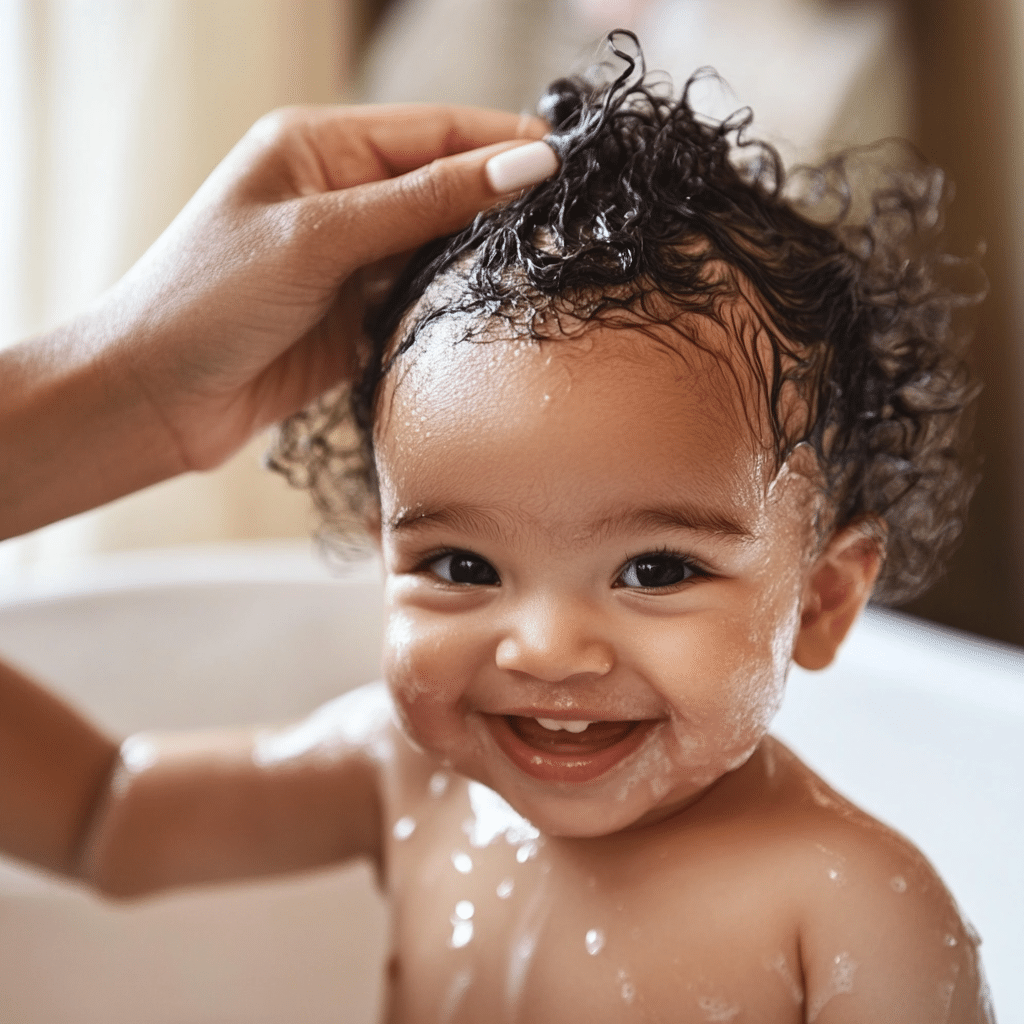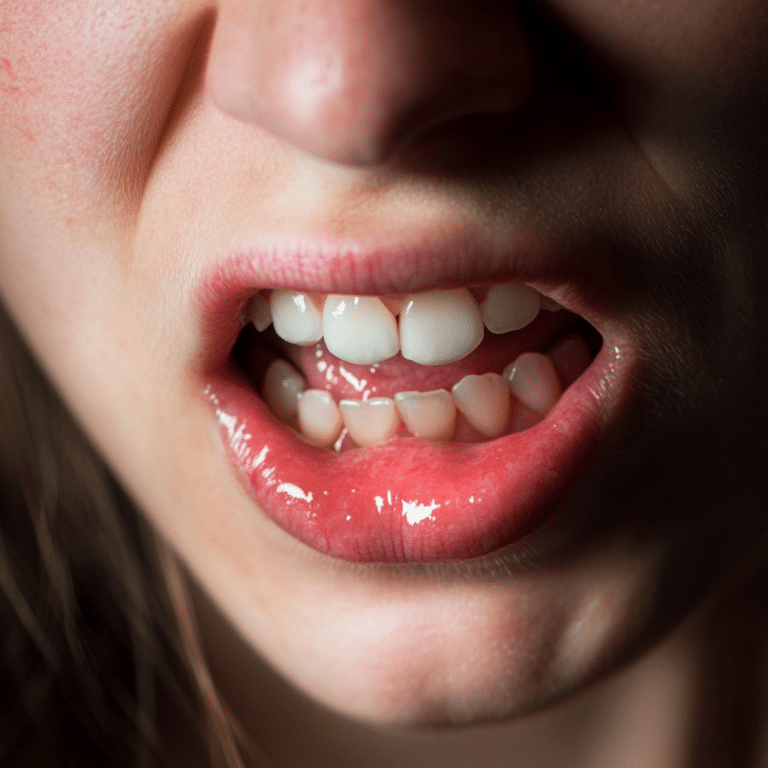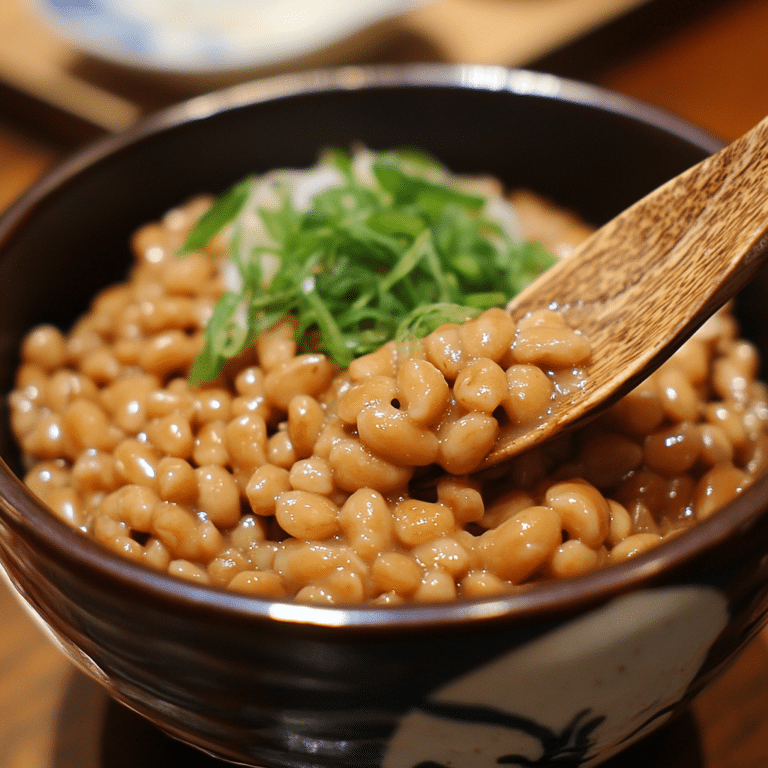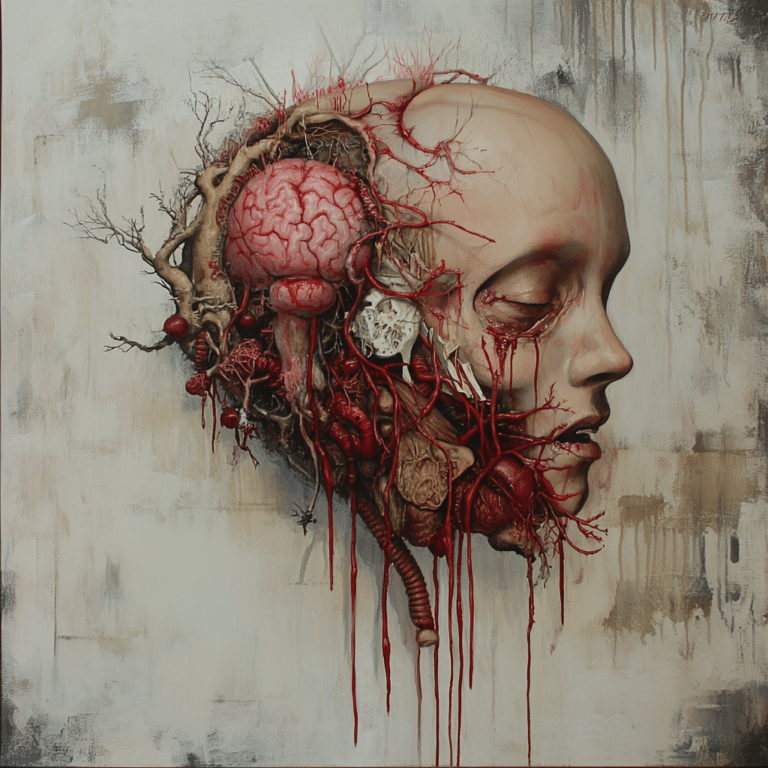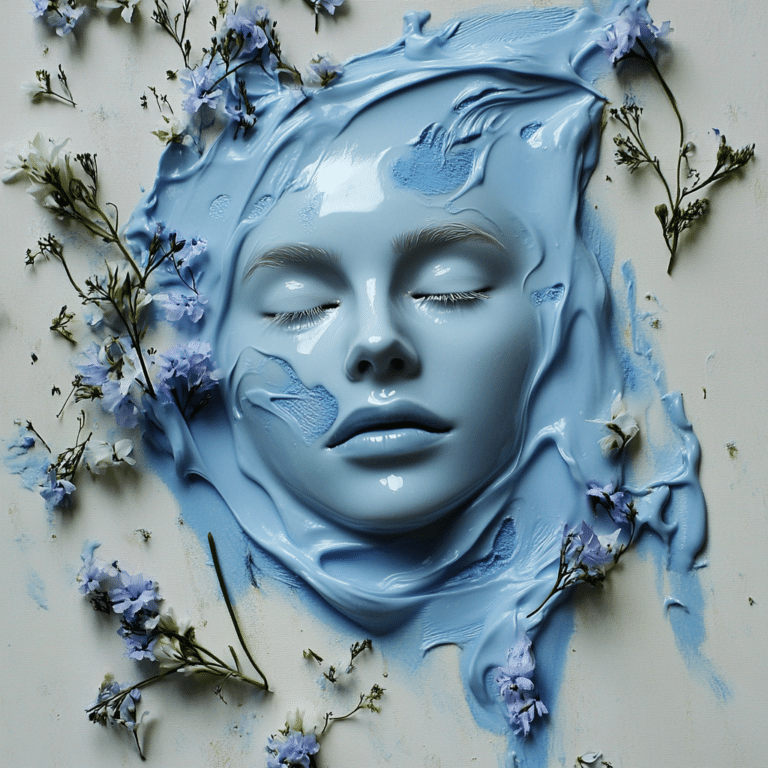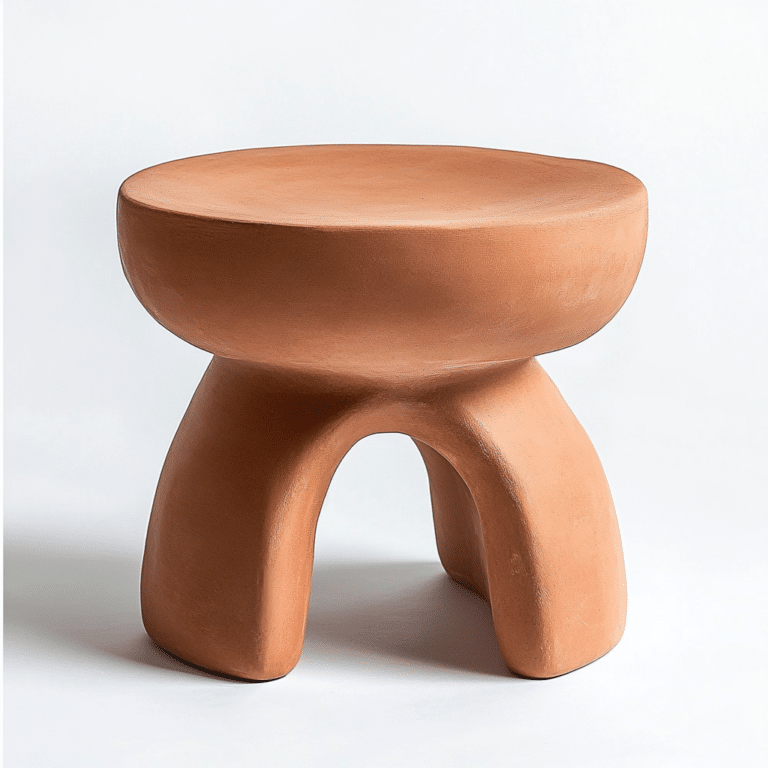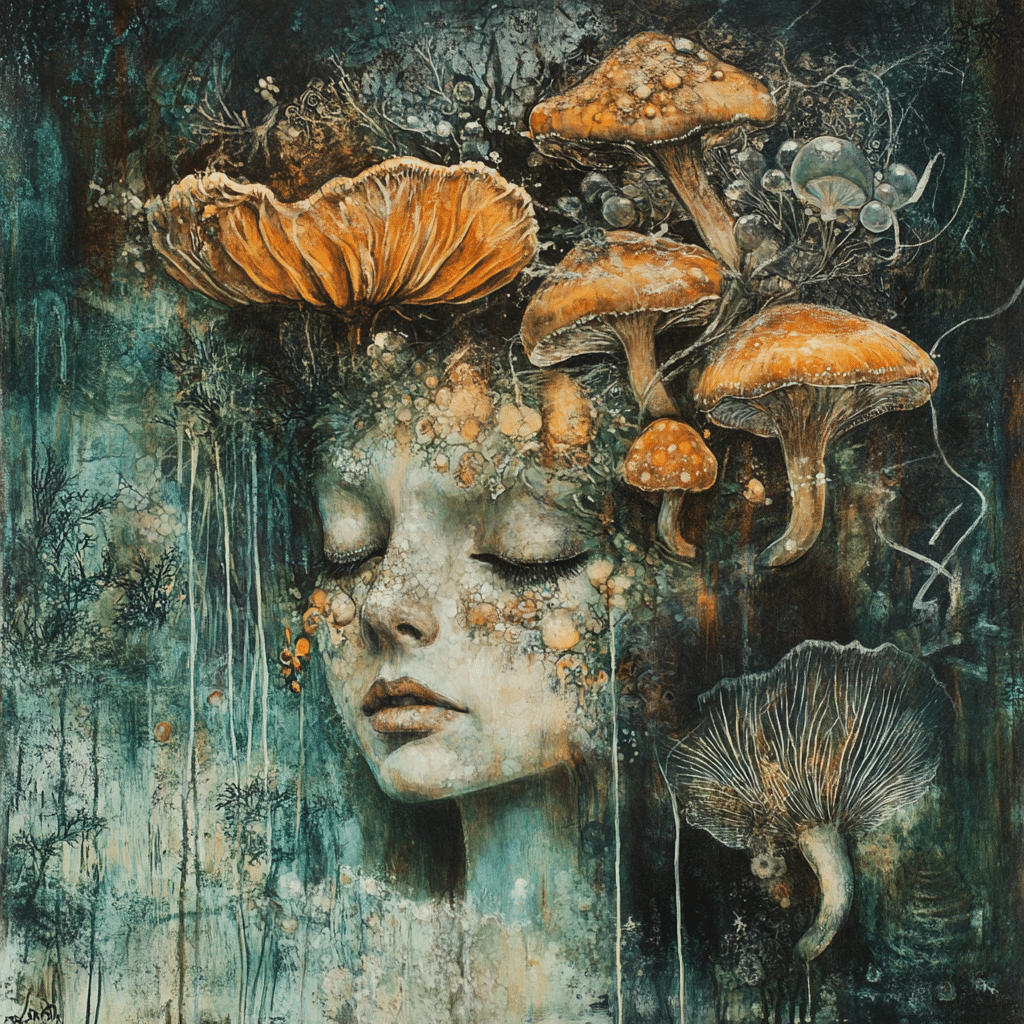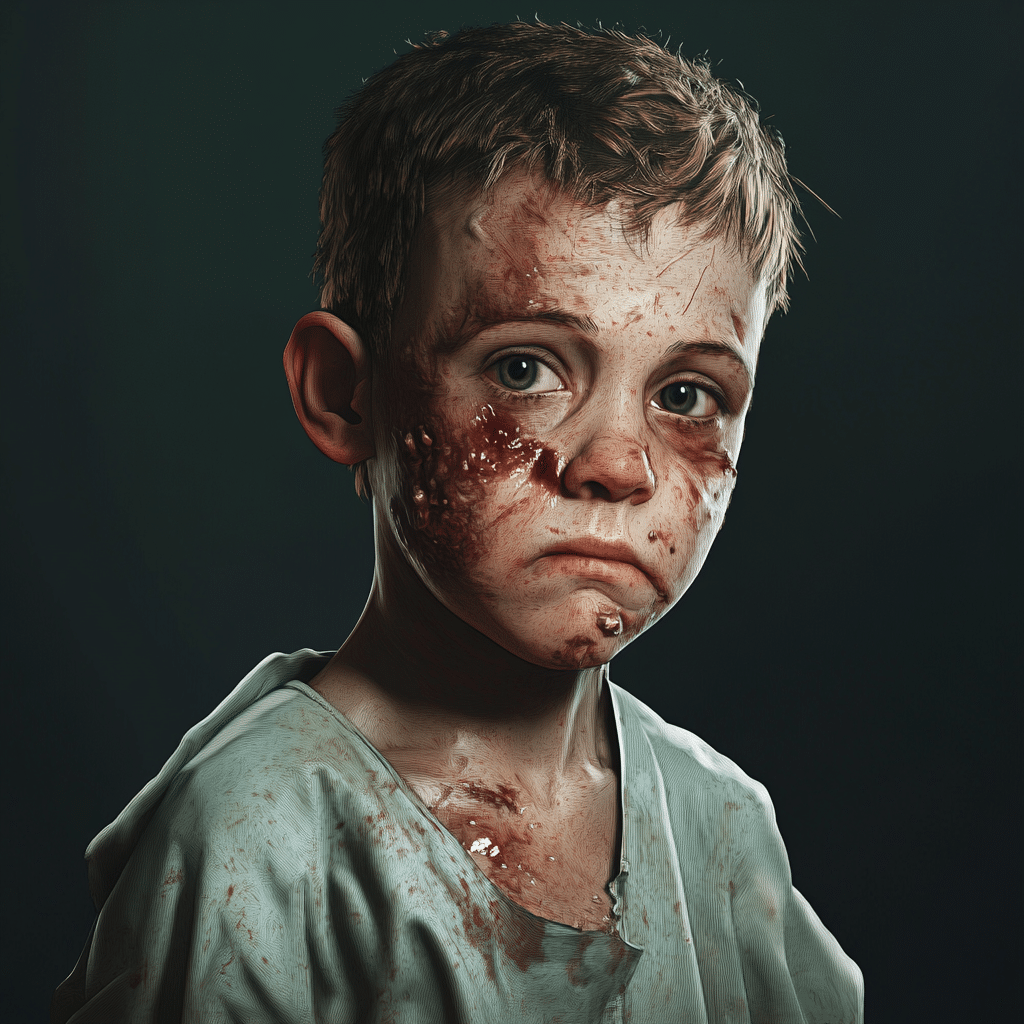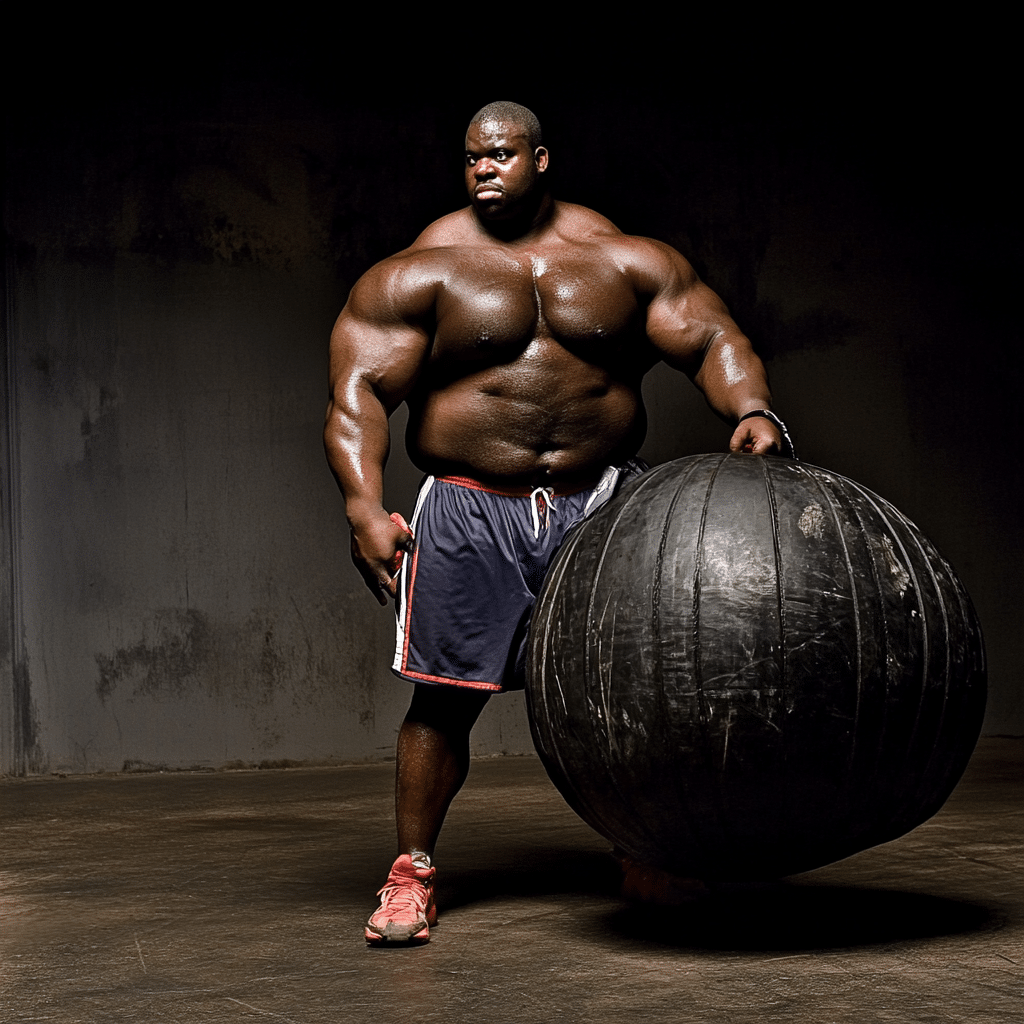When you’re a new parent, your world gets turned upside down. You’ve got sleepless nights, a new adventure on your hands, and then, bam! You notice something strange on your baby’s scalp. What is cradle cap? This common skin condition, known as infantile seborrheic dermatitis, usually shows itself in the first few months of life as crusty, yellowish patches on the head. But don’t sweat it! Cradle cap is typically harmless and resolves itself within months. Let’s dive deeper into this condition, peel back the layers, and explore effective treatments to help your little one stay comfortable!
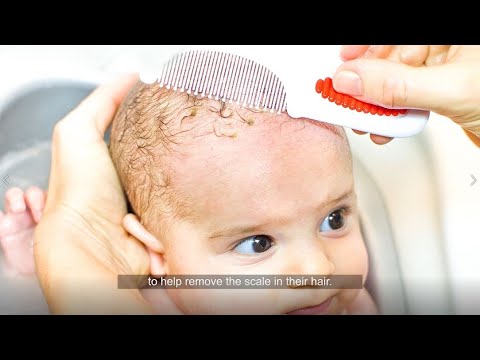
What Is Cradle Cap?
Cradle cap is a fairly common issue for infants. It results from an overproduction of skin oils, often linked to maternal hormones that are passed to the baby. While it might look alarming, cradle cap is more annoying than dangerous. Parents need to remember that time is usually the best medicine, as most cases clear up by the time the baby reaches a year old. But, that’s not all! Treating it can not only make the baby more comfortable but also ease the minds of worried parents.
Most parents wondering, “What is cradle cap?” start to envision chronic eczema or something worse. The truth is, cradle cap is typically harmless and doesn’t cause discomfort to most babies. The patches occur due to excessive oil and dead skin clogging hair follicles, resulting in crusty flakes. Understanding this can put parents’ minds at ease as they begin their journey to tackle this condition. With simple treatments, cradle cap can be managed effectively. So let’s look at some top-notch treatments!

Top 5 Effective Treatments for Cradle Cap
Cradle cap might be common, but if it’s causing your baby distress, effective treatments are just around the corner. Here are five treatments crafted to minimize discomfort and help that adorable little head shine:
1. Gentle Washing with Baby Shampoo
Don’t underestimate the power of cleanliness! A gentle wash with a mild baby shampoo is an excellent first step. Brands like Johnson’s Baby Shampoo are perfect for cleansing without irritating the skin. Regularly washing your baby’s hair a few times a week can help clear the buildup of oils and scales. Your baby’s scalp will thank you!
2. Moisturizing Oils
Nothing says comfort like a bit of moisture! Applying baby oil, coconut oil, or mineral oil to the affected area can work wonders. These oils soften crusts and let you comb through effortlessly. For a natural option, organic coconut oil not only nourishes the skin but also boasts antimicrobial properties. Let the oil work its magic for about 30 minutes before combing with a soft brush to remove flakey buildup.
3. Medicated Shampoos
If cradle cap sticks around longer than expected, dermatologists may recommend medicated shampoos containing ingredients like ketoconazole or selenium sulfide. Known names like Nizoral can clear out these pesky patches. Just remember to consult with your pediatrician before trying these, as they’ll provide guidance tailored to your baby’s needs.
4. Dietary Adjustments for Nursing Mothers
If you’re breastfeeding, your diet could impact your baby’s skin health. Some moms find that avoiding dairy or other allergens helps reduce symptoms. Keep a close eye on your diet; small changes could lead to significant improvements. It may sound a bit unconventional, but every little adjustment counts!
5. Consultation with a Pediatric Dermatologist
If home treatments don’t seem to cut it, seeking help from a pediatric dermatologist can provide valuable support. They can give targeted treatments or pinpoint other conditions that may complicate the situation, like allergies or eczema. Taking this proactive approach means ensuring your baby has the best skin health possible.
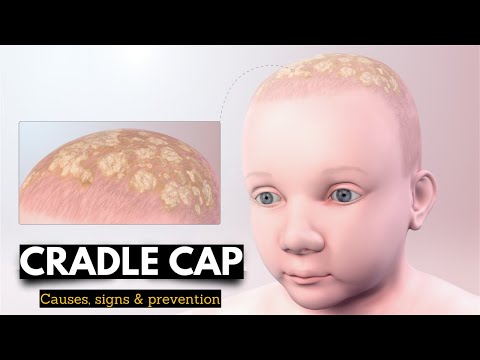
What Is the Relationship Between Cradle Cap and Other Conditions?
Understanding cradle cap doesn’t just stop at recognizing what it is; parents might often wonder how it connects to other skin issues. What is a wart, for instance? Warts, caused by human papillomavirus (HPV), differ entirely from cradle cap and require their treatment. Likewise, knowing what hard water is and how it can aggravate skin conditions helps parents make informed decisions.
If your home has hard water—with higher mineral content—it could lead to drying skin, worsening cradle cap. It’s a smart move to look into water filtration options to provide better management. Plus, what is snuff? While it has no direct correlation with cradle cap, environments free from secondhand smoke are essential for your baby’s overall health. Small adjustments in your surroundings can do wonders!
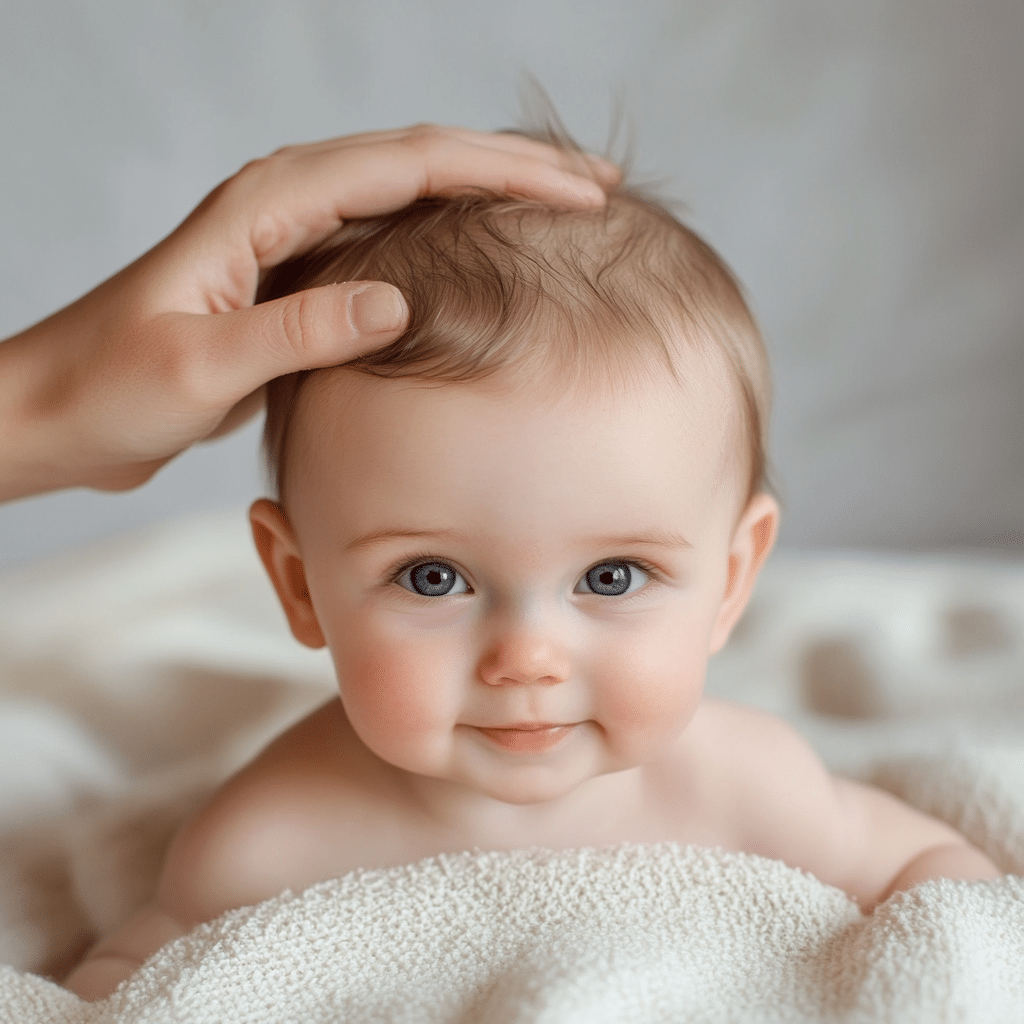
What Is a Doula’s Role in Supporting Infant Health?
In your pursuit for answers and quality care, don’t overlook the potential of a doula! While often focused on childbirth, these professionals bring a wealth of knowledge regarding newborn care and skin conditions. A doula can guide you through skincare practices, answering questions about cradle cap and more with ease. Proper support makes navigating parenting feel less overwhelming.
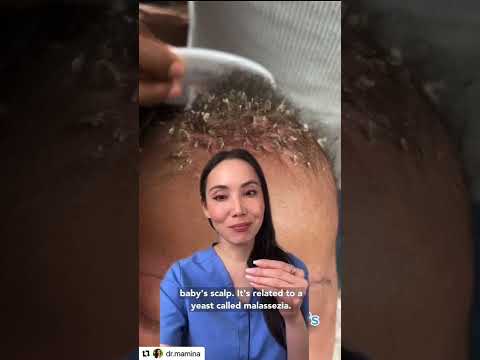
Living with Cradle Cap: A Comprehensive Perspective
When discussing infant health, parenting often leads to questions about things like “What is a living will?” Although this term relates more to adult care, remembering that decisions surrounding your child’s health are just as crucial is paramount. An informed parent creates a proactive environment—not just for cradle cap but any concerns that crop up.
In today’s society, you might also graze topics as diverse as what it means to be demisexual and embracing body positivity. Open discussions about both health and identity shape richer conversations. Provide your baby with the best care while cultivating an open, understanding environment as they grow.
Wrap-Up: Nurturing Your Baby’s Skin with Knowledge and Tender Care
Cradle cap might momentarily unsettle new parents, but the good news is it’s manageable. By implementing these effective treatments and staying informed, you can boost your baby’s comfort while fostering an atmosphere built on knowledge and support. Open lines of communication with healthcare providers and discussions about health topics can only enhance your parenting journey. Remember, you’re not just raising a child; you’re nurturing a future. Embrace every moment, and keep striving for the best!
Let’s go, fellow parents! Together we can master the art of parenthood! And just like athletes in the gym strive for their best look, you can support your little one reaching their healthiest self. Whether you’re shaking up your skincare routine or tossing around ideas at home, every bit counts.
Remember, you got this!
What Is Cradle Cap?
Cradle cap, medically known as seborrheic dermatitis, is a common skin condition that affects newborns and infants, causing flaky, scaly patches on the scalp. It’s not harmful and usually clears up on its own, yet parents might find it concerning. This isn’t an uncommon topic for parents, much like keeping up with the latest trends in fashion, such as the blowout taper textured fringe hairstyle, which also garners attention today. Still, understanding what is cradle cap can bring peace of mind.
Understanding Let’s Get to the Basics
So, what is cradle cap really? It’s primarily caused by an overproduction of oil from the sebaceous glands. Interestingly, some researchers suggest that hormones passed from mother to baby during pregnancy may play a role in the development of this condition. Just like how some shows, such as Wotakoi, explore intricate relationships, cradle cap reflects the delicate balance of a baby’s skin management. It often appears in the first few months of life and usually resolves by the time they reach a year, much like a thrilling plot twist that keeps you guessing—think of the suspense in One Piece ch 1092!
Fun Facts and Myths
There are plenty of intriguing facts associated with cradle cap. For instance, many parents mistakenly assume that it results from poor hygiene, but that’s far from the truth. Just as black Jordans have become iconic in sneaker culture, cradle cap has woven itself into the fabric of infant skincare. It can look alarming, but it’s quite harmless—like minor nose bleeds, which can be more of an annoyance than a serious issue. And just like how a demisexual might navigate relationships differently, cradle cap has its own unique characteristics defined by excess oil and dead skin cells.
In case you’re wondering how best to treat cradle cap, most pediatricians recommend gentle washing with mild baby shampoo and soft brushing to help loosen those scales. In fact, the Lord Baltimore hotels comforting atmosphere can be just the kind of relaxation parents need while figuring out baby care challenges! If symptoms persist or seem severe, consulting a healthcare provider is essential; just like understanding What Is a canker sore can help you avoid unnecessary discomfort. Knowing what cradle cap is helps parents feel better equipped to handle this common condition with both care and confidence!
